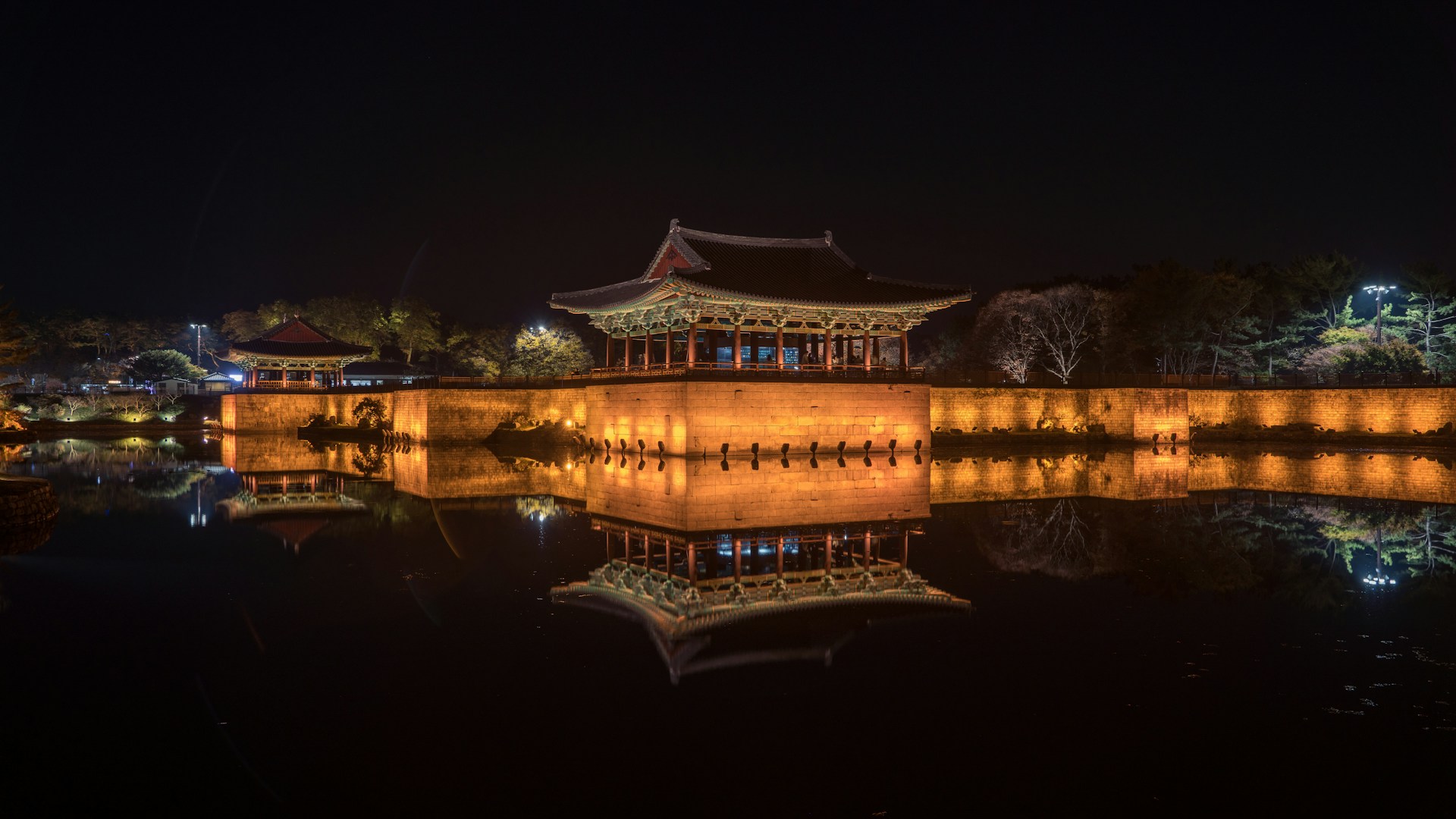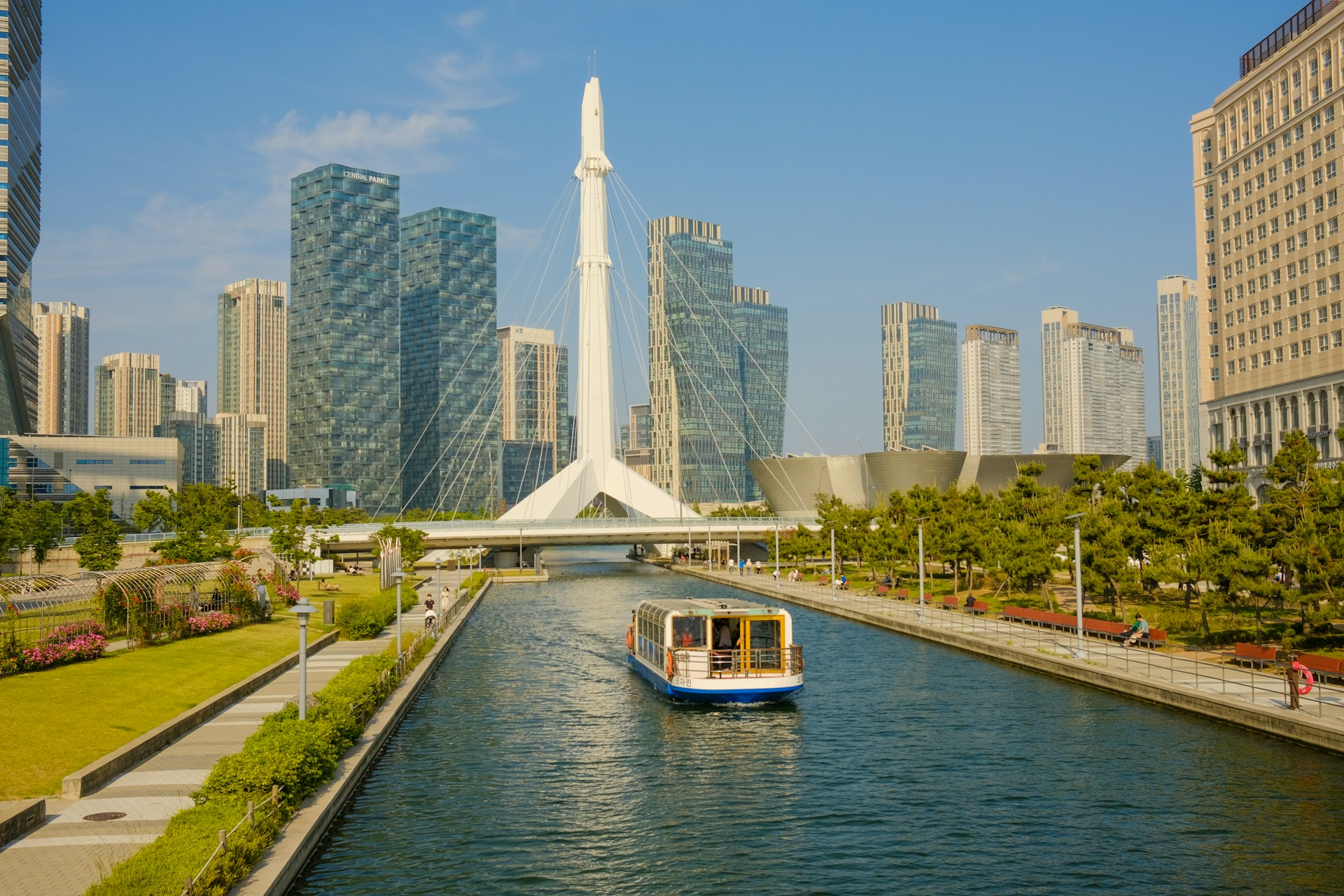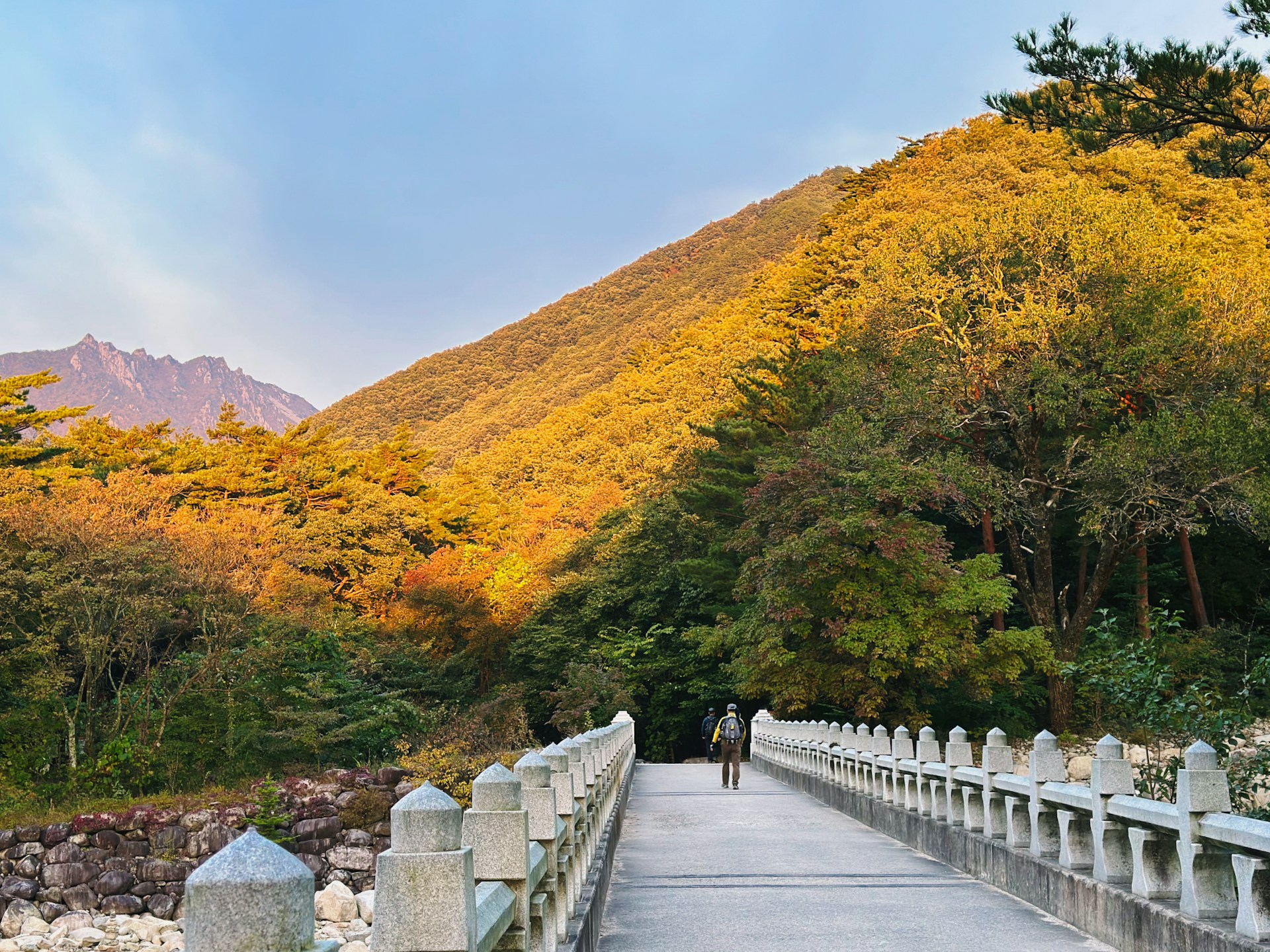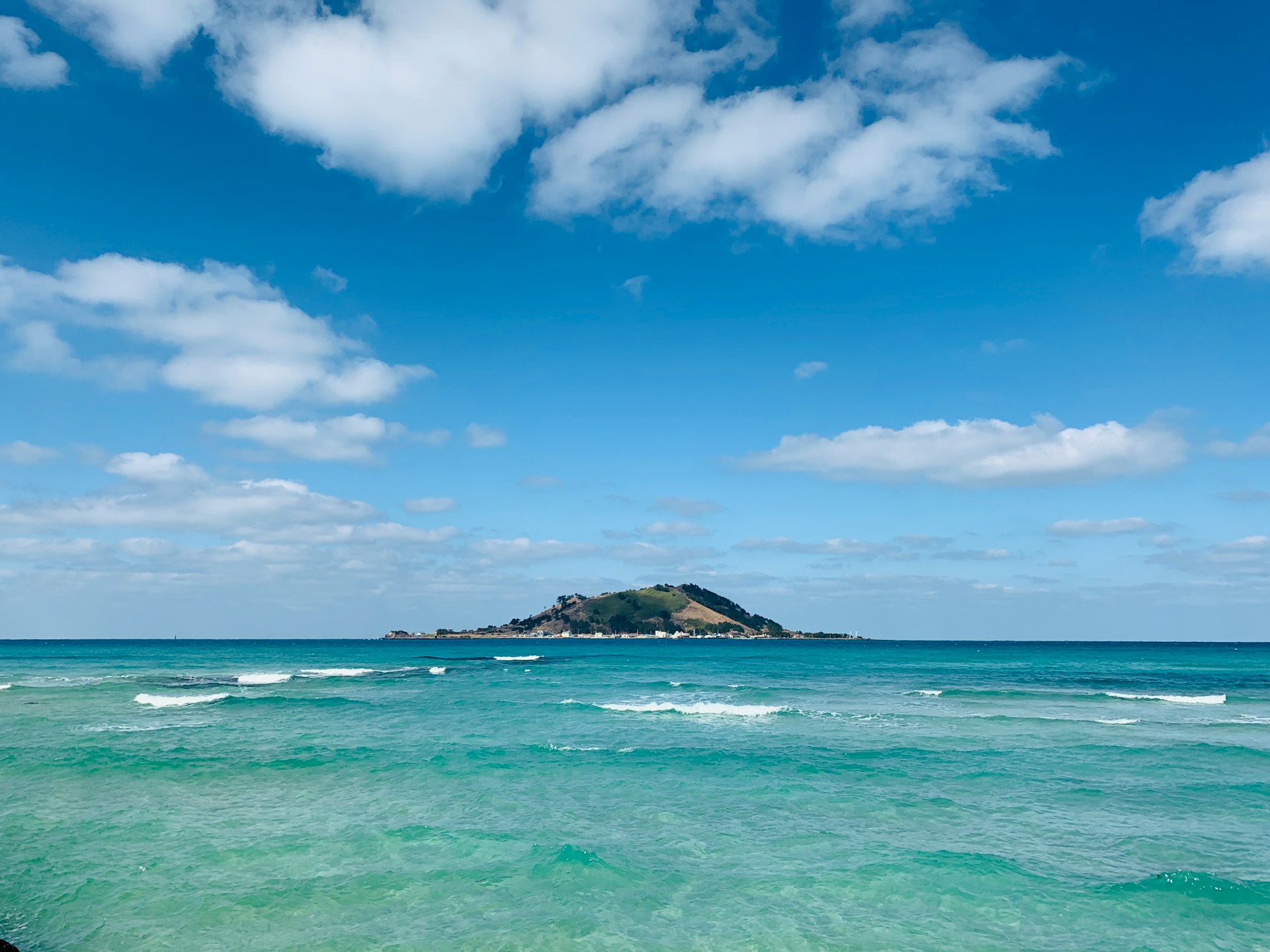South Korea Travel Tips and Planning
We are Caroline and Neil and are regular visitors to South Korea. You can also visit our blog https://www.cktravels.com for lots of South Korea inspiration.

Known as “the museum without walls,” Gyeongju is the ancient capital of the Silla Kingdom and one of South Korea’s most historic cities. Visitors will find royal tombs, temples, and relics scattered throughout the city, each telling a story of Korea’s past. Bulguksa Temple, a UNESCO World Heritage site, is a must-visit for its architectural beauty and spiritual atmosphere. Beyond temples, Gyeongju offers cultural immersion through its traditional hanok stays, local cuisine, and vibrant festivals. The city is especially magical in spring when cherry blossoms cover ancient sites, creating an unforgettable backdrop. History buffs will find Gyeongju one of the richest cultural destinations in Asia. The surrounding countryside also offers opportunities for hiking and cycling, making Gyeongju not just a cultural but also a natural destination. Visitors can easily spend several days exploring its many treasures.

Incheon, often known as the gateway to South Korea, is more than just a stopover city. Its vibrant Chinatown and Songdo International Business District showcase both heritage and futuristic urban design. Visitors can enjoy a taste of history at Wolmido Island or experience cutting-edge architecture in Songdo. The city is also rich in food culture, with a mix of Korean and international flavors reflecting its global port status. Incheon is home to lively street markets and coastal seafood restaurants that attract locals and travelers alike. Its convenient location near Seoul makes it an easy day trip or short stay. With cultural festivals, waterfront parks, and entertainment hubs, Incheon offers plenty to explore. It’s a city that surprises visitors with its blend of tradition, modernity, and accessibility.

Seoraksan National Park is a natural wonder, famous for its dramatic mountain landscapes, waterfalls, and diverse wildlife. Hikers of all levels will find trails leading to breathtaking viewpoints, with Ulsanbawi Rock being one of the most iconic. In autumn, the park is a sea of red, orange, and yellow leaves, drawing nature lovers from across the globe. The park is also home to hot springs, Buddhist temples like Sinheungsa, and crystal-clear rivers, making it more than just a hiking destination. Visitors can enjoy relaxation and spirituality alongside outdoor adventure. Winter sports enthusiasts will also appreciate nearby ski resorts, making Seoraksan a year-round destination. Whether you’re a casual visitor or an avid adventurer, the park offers an unforgettable glimpse into Korea’s natural beauty.

Seoul, South Korea’s bustling capital, is a city where the past and future blend effortlessly. Visitors can step back in time while exploring Gyeongbokgung Palace, Bukchon Hanok Village, and centuries-old Buddhist temples, before leaping forward into the neon lights and skyscrapers of Gangnam. The city offers an unparalleled mix of tradition and innovation, making every neighborhood a new adventure. Food and shopping are central to Seoul’s appeal. Wander through Namdaemun and Dongdaemun markets for authentic street food, or indulge in high-end shopping at Myeongdong and COEX Mall. Cafés and themed restaurants are plentiful, while K-pop and K-drama fans will find endless attractions celebrating South Korea’s global cultural wave. The city never sleeps, with vibrant nightlife and entertainment available around the clock. Nature is never far away either—hike up Namsan Mountain for breathtaking views or escape to the Han River for cycling and relaxation. With its world-class transport system, English-friendly signs, and warm hospitality, Seoul is the perfect base for exploring the rest of South Korea while offering a cosmopolitan adventure all on its own.

Jeju Island is South Korea’s ultimate nature getaway. Known for its volcanic landscapes, waterfalls, and pristine beaches, it’s a UNESCO World Heritage site that feels like a world apart from the mainland. Hike Hallasan, South Korea’s highest peak, or explore the unique lava tube caves that make Jeju a geological wonder. The island is also a cultural treasure. Traditional Jeju stone houses, local markets, and the famous women divers (Haenyeo) showcase the island’s unique heritage. Visitors can also enjoy the island’s fresh seafood, tangerine orchards, and scenic coastal drives that offer endless photo opportunities. For relaxation, Jeju offers both luxury resorts and quiet villages where travelers can unwind. Whether you’re looking for adventure, culture, or tranquility, Jeju Island provides an unforgettable experience that keeps travelers returning year after year.
Official government website with national information and updates.
Official portal for visa, immigration, and entry requirements.
Official tourism site with guides, itineraries, and travel tips.
We are Caroline and Neil and are regular visitors to South Korea. You can also visit our blog https://www.cktravels.com for lots of South Korea inspiration.
All about Korea Travel - genuine discussions, insider tips, and comprehensive travel maps.
Want to travel in Korea? Then check out all the great articles on In My Korea to find out where to stay, what to see, what to do, and lots more.
When visiting with kids, we recommend focusing on Seoul and Jeju, both of which have an abundance of family-friendly activities. For those of you planning your own South Korea with kids itinerary, we wanted to share our South Korea travel guide including our recommended South Korea with kids itinerary!
Discover the perfect 2-week South Korea itinerary for first-timers! From Seoul's palaces to Jeonju's hanok villages, Busan's beaches
Here's the ultimate South Korea travel guide including the best places to visit, things to do and how to plan your trip.
Answer a few quick questions and we’ll create a custom itinerary just for you, completely free, with no commissions or preferred suppliers, just like having your own personal travel agent.